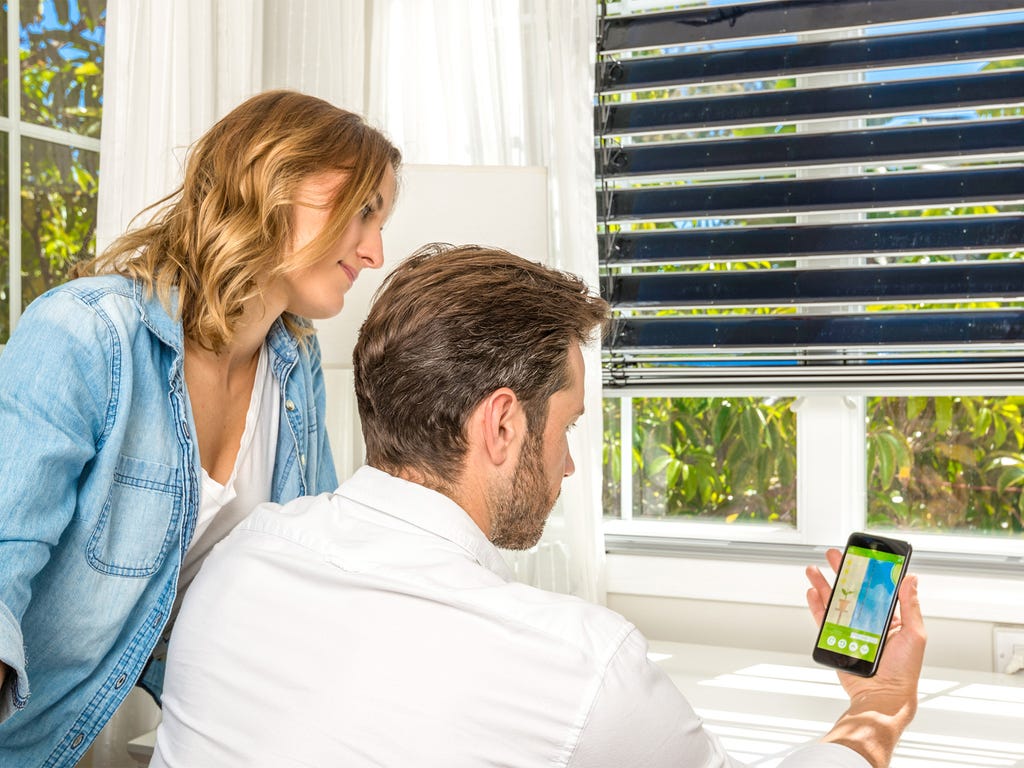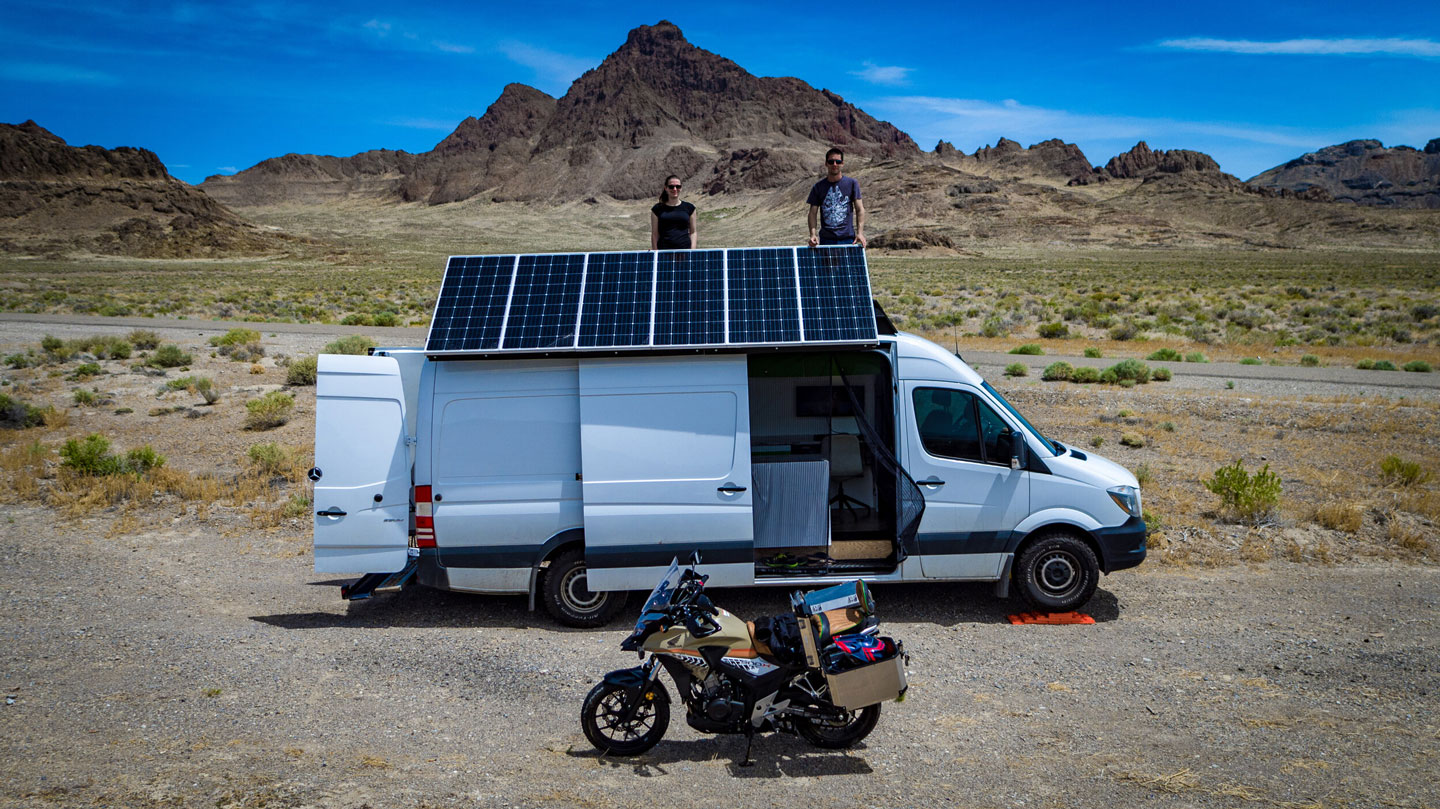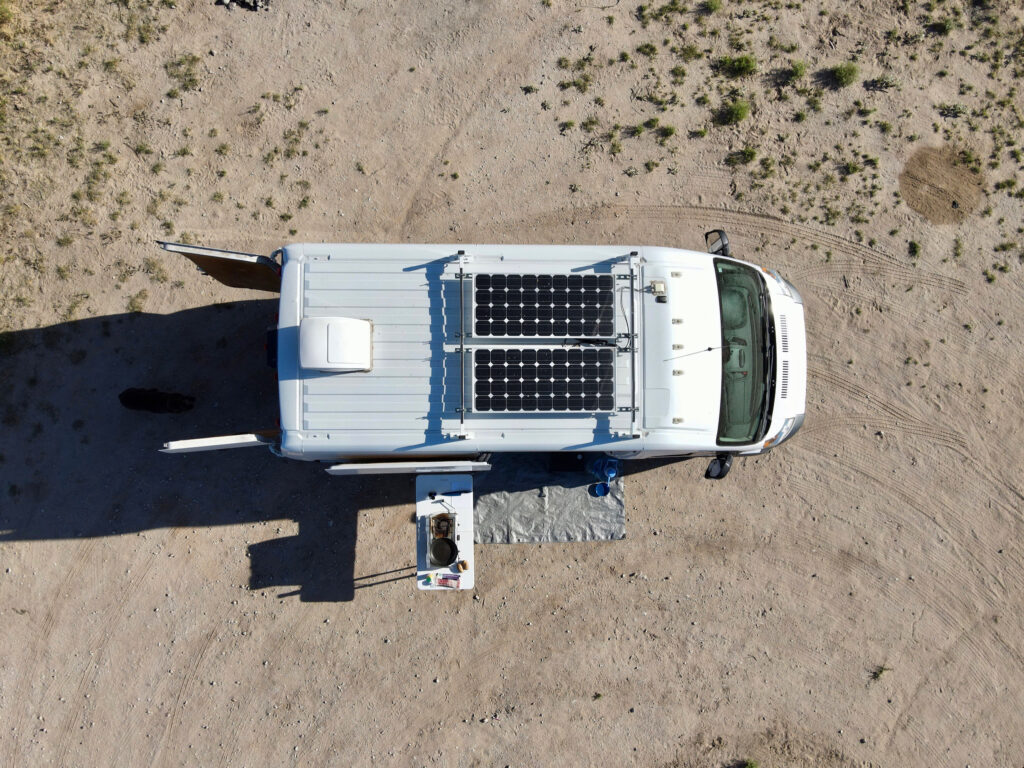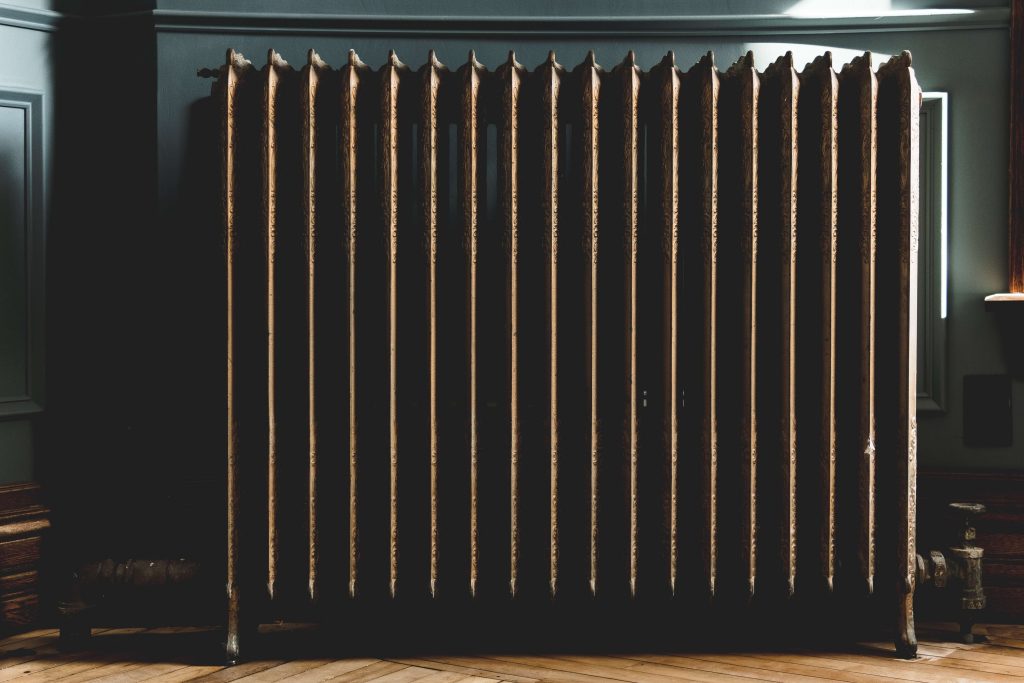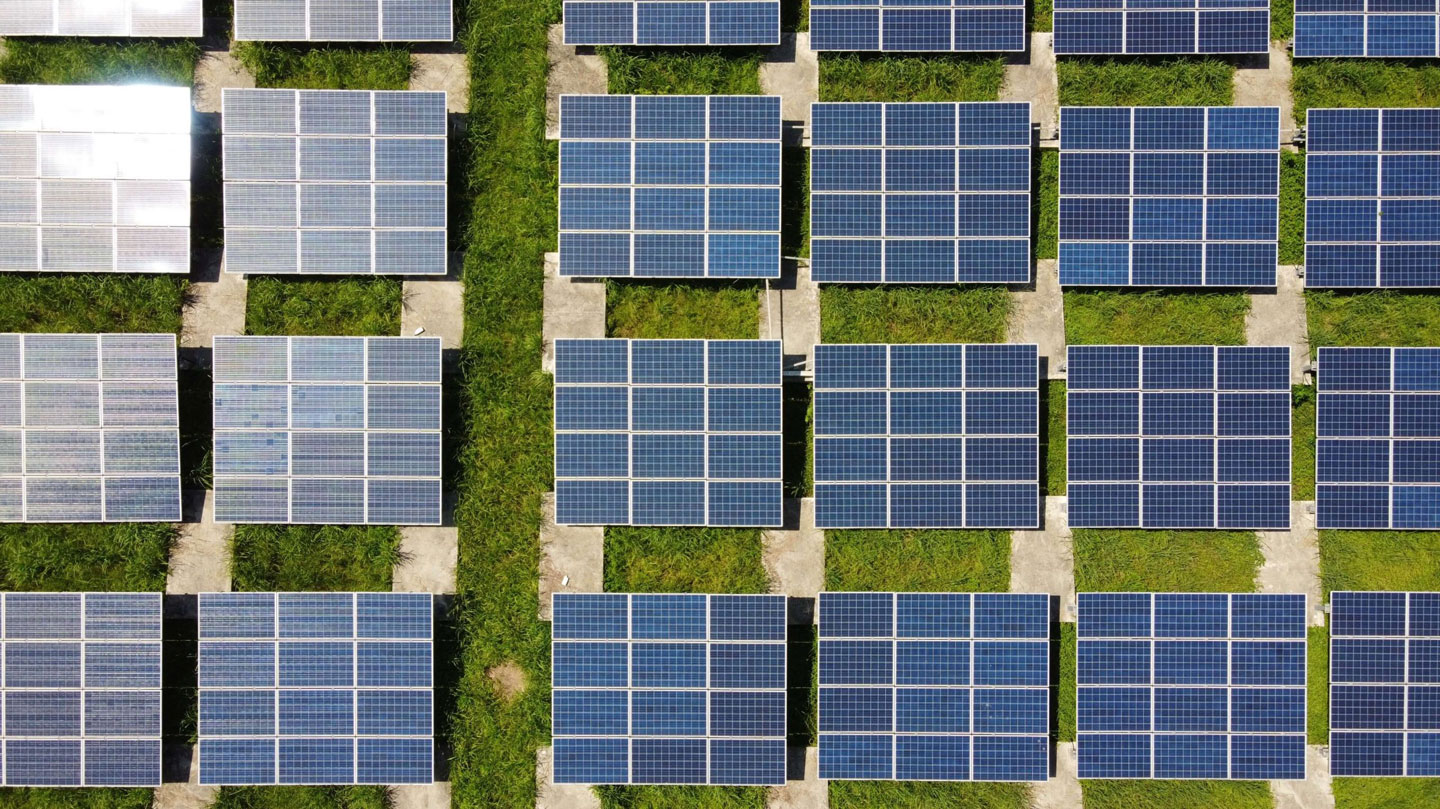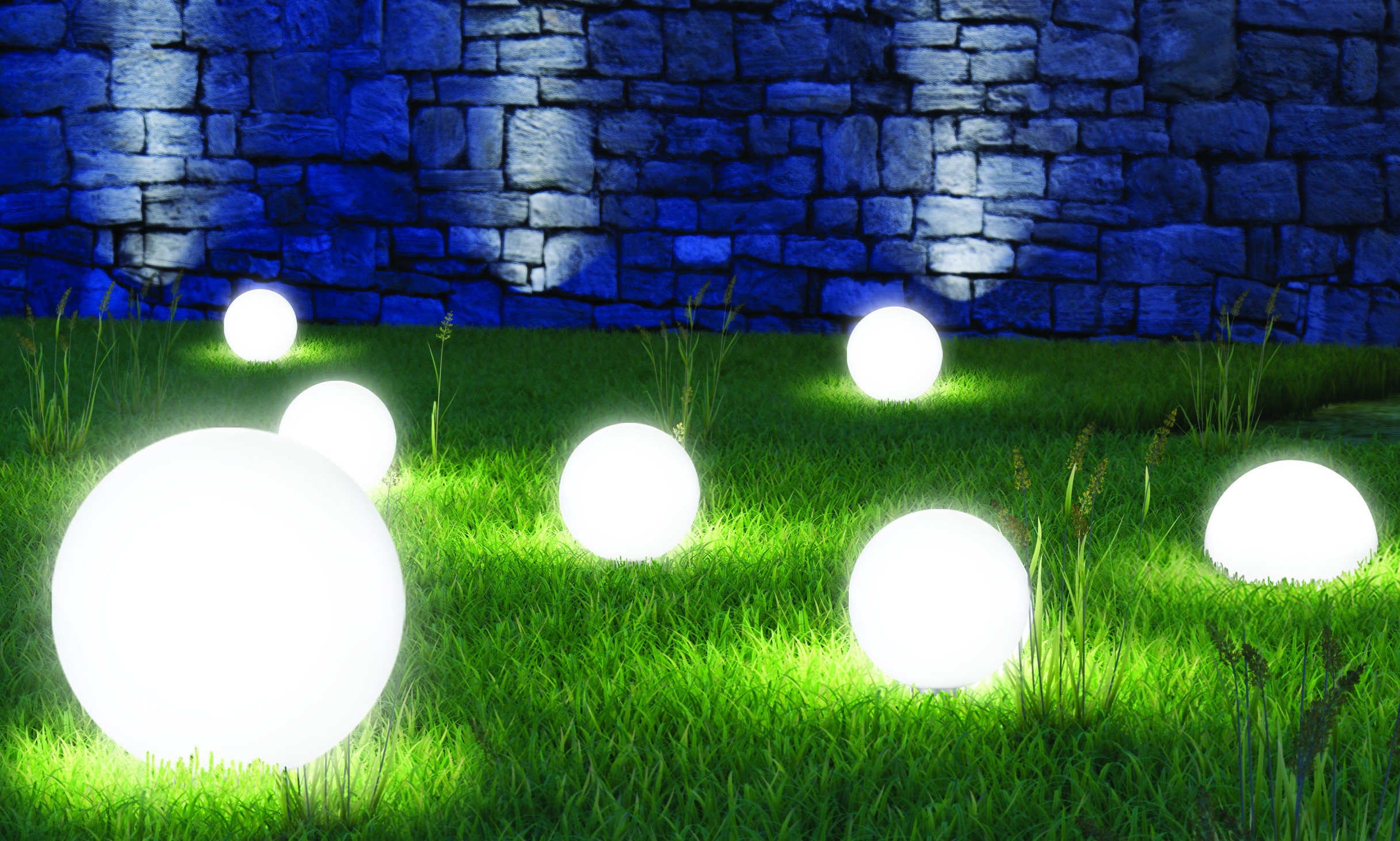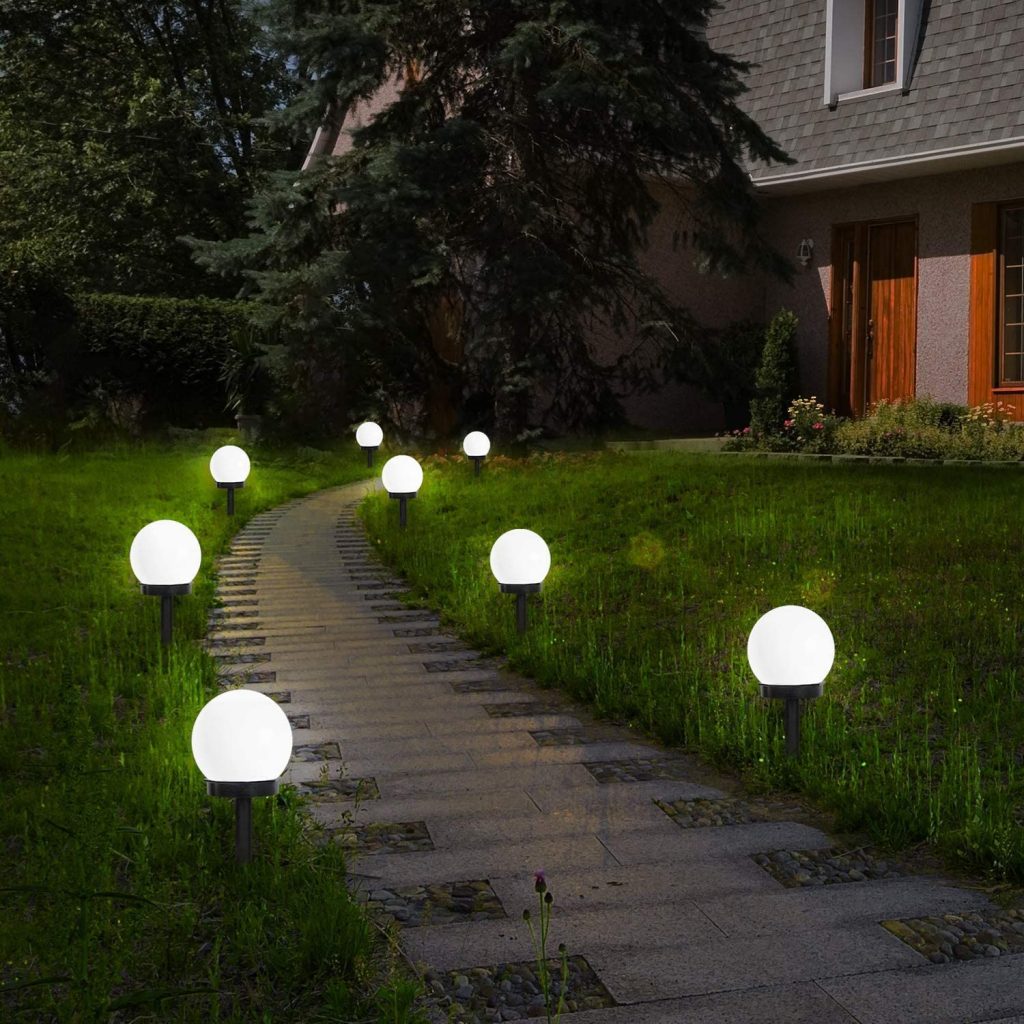How do you monitor the energy consumption in your home? Are you still keeping track of your monthly bills to figure out how to save on energy? Make this task easier by using your mobile phone, just like many others already do.
The electricity required for lighting, heating, charging your car, automated windows, or garage door can now be controlled through a simple mobile app. In fact, there are numerous mobile apps available that can help you better manage your home by tracking energy consumption for the purpose of making savings.
Most of these apps are available for free on the market. In this article, we will present the best apps that will undoubtedly help you monitor your energy consumption. This way, you can change the way you use electricity every day to reduce your monthly bills.
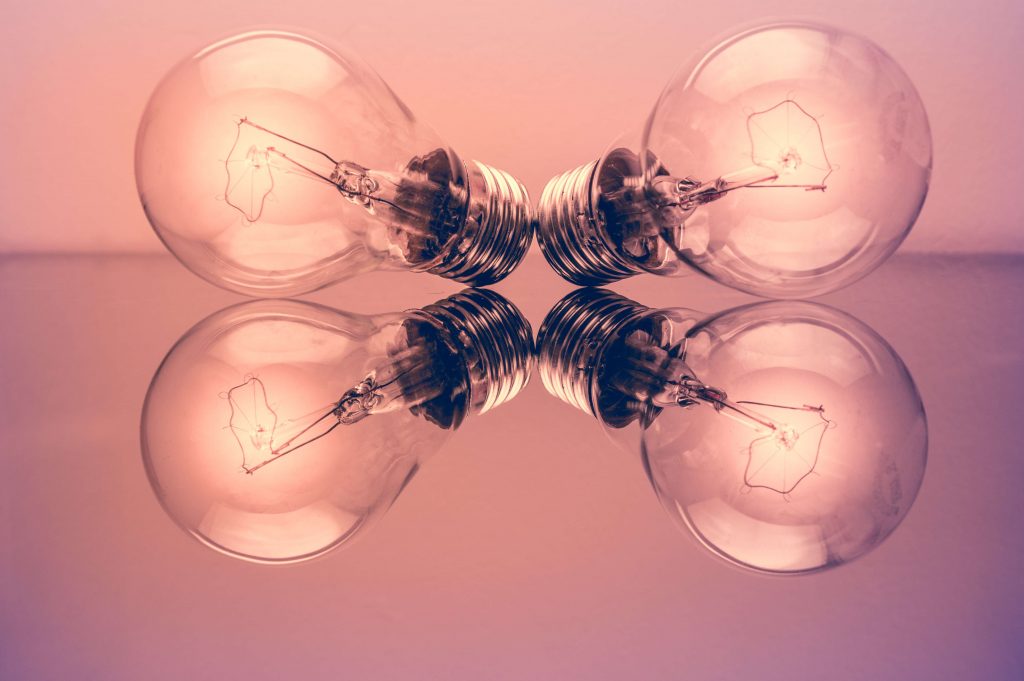
Energy Consumption Analyzer
Energy Consumption Analyzer is available only for Android operating systems, functioning as a database for energy consumption in a home.
Users of this mobile app can generate reports on energy consumption by adding meters for electricity, natural gas, or water.
The generated reports can be highly detailed if you input more data. For example, you can track energy consumption per hour, day, week, or month.
Energy Cost Calculator
Energy Cost Calculator is available on both Android and iOS. The application helps you monitor the amount of energy you consume in your home, calculating the operating cost and energy consumption of electrical consumers.
You will be able to accurately track the cost per day, week, month or year to pay less for electricity.
Showr – Smart Shower Timer
Showr – Smart Shower Timer is an app only available for Android users. Through it, the user only needs to set the time he spends on average in the shower, so that the application will warn him when he needs to turn off the tap.
The app not only alerts you when that time is up, but also a few minutes before.
An alternative for iOS users is the Time Your Shower app.
Energy Tracker
Energy Tracker is only available for iOS, evaluating and managing electricity, water and gas meters. Thus, the application provides a graphical analysis of daily, monthly, quarterly and annual consumption. Energy Tracker then uses this data to create reports with potential savings that can be made by comparing daily and monthly trends.
JouleBug
Avaliable for Android and iOS, JouleBug doubles as a social network for renewable energy enthusiasts.
JouleBug users can participate in local competitions to find out the most dedicated community member, recycling events or even share with others ways to save electricity.

